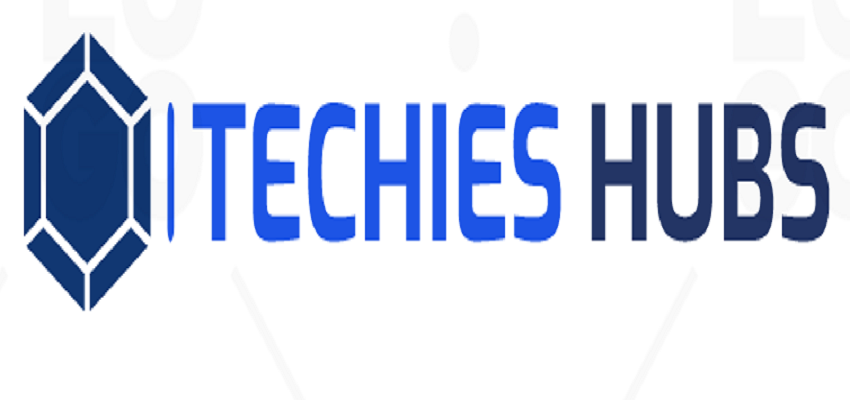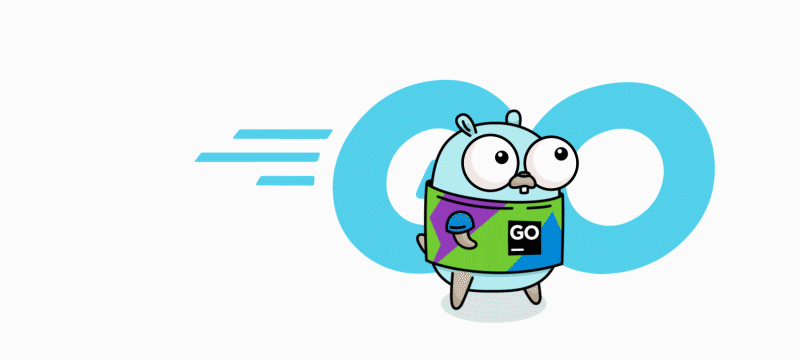Golang was developed by Google to take care of infrastructure, networking and scalability issues. Soon, companies started to hire Golang developers for back-end development, systems development, web development and cloud computing requirements. Many infrastructure tools like Docker and Kubernetes were written in Go.
Furthermore, the programmers started taking advantage of the powerful frameworks, packages, modules and libraries of Golang. As you can imagine, standing in 2022, the demand for learning Golang is skyrocketing. So, it is a great time for you to master the language in order to become a developer or start your journey as a Full-Stack developer.
Intrigued, right? Well, let’s move on and see
what are some of the skills you require to flourish.
Skill 1: Master the Basics
. If you are looking forward to building
concurrency type applications and REST APIs in Golang, you have to be thorough
with the syntax and types. Following this, you have to solidify your
understanding of variables, functions, structures. You have to understand how
you have to create various data fields inside structures.
. Next, you will be learning about slices
which are almost like arrays but with an abstraction layer and dynamic size
facility. As you get an insight into it, you will know about maps, which you
can access using a key.
Time Limit: 1 month
Skill 2: Learn about Pointers, Interfaces, Packages and Modules
. As you progress, you will get to know about
variables that help in storing another variable’s memory address. When you
create structs, you comprehend the difference between value references and
pointers.
. If you wish to introduce modularity in
Golang, then it is important that you know about interfaces which refer to a
method set. The custom type is abstract in nature, so you cannot create
instances.
. As you delve into programming, you will
know how to import packages, which helps in maintaining a huge set of programs
based on similar features. Go modules contain a library or project, and package
collection, with the go.mod file at the root of the file tree structure.
Time Limit: 1 month
Skill 3: Error Handling
. Error handling is interesting in Golang as
it does not throw typical exceptions at the occurrence of errors. Errors are a
type in Golang and they are passed around as functions with the error type
returned as the final value. Now, you have to decide what you wish to do with
the error.
. Error handling becomes crucial when you
write packages and libraries, especially that other coders will look into. This
helps in creating a reliable code perfect for modification.
Time Limit: Not much time is required to
understand
Skill 4: Comprehending Go Patterns
. You need to understand design patterns in
Golang, which offers solutions to the most common problem in designing software. The design patterns may be structural, behavioral, stability,
concurrency or creational.
. Since you are relatively new to Golang, it
is wise if you borrow sample codes and start building around them. You will
mostly be dealing with structural (bridge, decorator, adapter), behavioral
(observer, iterator, command) and creational (factory, singleton, builder).
Time Limit: 1 month
Skill 5: Experience with GIT
. Now that you have slowly started coding, it
is time that you get familiar with GitHub, which is a for-profit company
offering Git repository that is cloud-based. Like 83 million developers worldwide,
you can store and handle codes, or make modifications to it as per requirement.
. Soon you will get to know about version
control and Git. The version control plays an instrumental role as it helps
developers track the changes to the project code of a software. You will learn
about branching and merging.
. Finally, you will come across Git, which is
an open-source, distributed version control system. This means that the entire
history and codebase will be available with you. So, you can make changes and
accordingly sync them.
Time Limit: You can probably get accustomed
to it in a day or two.
Skill 6: Code Reusing with Packages
. If you are familiar with other programming
languages, then you would have to forgo the concept of inheritance. Instead of
this, you will have to learn to use composition and interfaces.
. Furthermore, you would learn how to use
packages to keep the function name precise and reduce the scope of overlapping
names. It will also help you organize the code so that you can easily spot it.
Reusing codes reduces the load on the compiler by asking to compile only small
segments of a code.
. Soon you will learn about adding and
upgrading dependencies, and even removing unused dependencies.
Time Limit: 1 month
Skill 7: Delve into Goroutines and Channels
. You will get to know about concurrent
execution as opposed to sequential execution as you get introduced to the
CSP-style concurrency of Golang. The overhead of building a goroutine is quite
low, which is why it’s a lightweight execution thread that reduces network
latency.
. Both goroutines and channels are useful for
managing communication and concurrency between several functions. It helps a
program run faster. You will also learn to create timers to handle the
goroutines, and use channels to establish connection between different
goroutines. Skills Required to Become a Go Developer: 10 Steps Career Guide
Time Limit: 1 month
Skill 8: Testing in Golang
. Testing is an important part of software
application development or systems programming. You have to make sure that the
application runs as per requirement. The package testing takes care of
parallel testing, functional testing, performance testing and other automated
testing.
When it comes to testing, then you have to be
aware of:
. Unit Tests
In unit testing, you will be checking
individual application modules in isolation. This means that the test will
happen without any dependency interaction.
. Functional Tests
In the case of functional testing, you will
be checking a slice of system functionality with dependency interaction, to
make sure that the code is providing desired results. In simple words, it is
concerned with the external behavior of the program rather than internal
working of the software.
. Integration Tests
This test is usually aimed at seeing how
different application parts(modules) function together.
Time Limit: 1 month
Skill 9: Creating Command-Line Tool
. You are fortunate as you have access to two
impressive Golang libraries like cobra and viper. WIth the help of these
libraries, you can create an easy CLI application in a short while.
. You would be required to run the program
from the terminal, and you would have to understand parsing arguments and
creating subcommands. With time, you will get an idea how to interact with
Operating Systems.
. Soon you will be able to create scripts
that can run automatically, interact with OS files, perform system maintenance
and much more.
Time Limit: 1 month
Skill 10: Learn to Build JSON REST APIs
. First, you will gain an insight into REST
architecture, following which you will come across different HTTP methods.
Next, you would learn about JSON format and marshaling and unmarshaling JSON
objects.
. When you get to know about the basic
contexts, you will learn to create a basic API and a basic HTTP server.
Following this, you will learn to create a REST API without databases.
. Finally, you will get to the part where you
learn to use different routers like gorilla/mux, frameworks like Gin and
connect databases like MySql or MongoDB. You will also be using packages like
net/http or encoding/json package.
Time Limit: 2 months
Hopefully, you have an idea of the skill sets
that you need to acquire. Companies hire Golang developers who are
knowledgeable and can deliver projects quickly. So, if you wish to make it into
the big companies, then you should hone your skills accordingly and put in the
effort. So start practicing!











